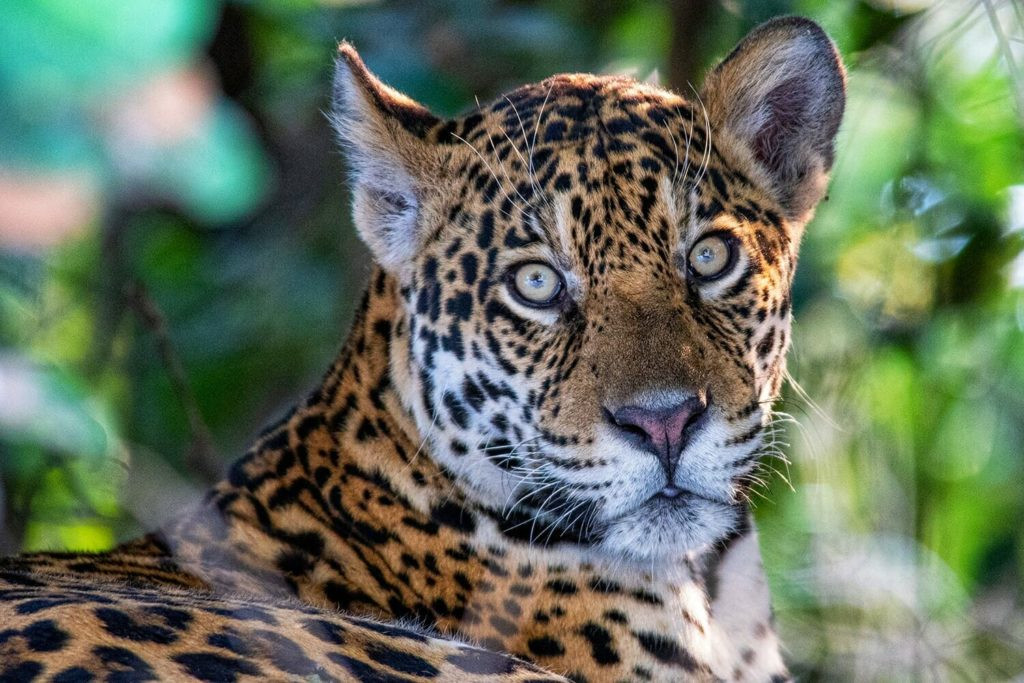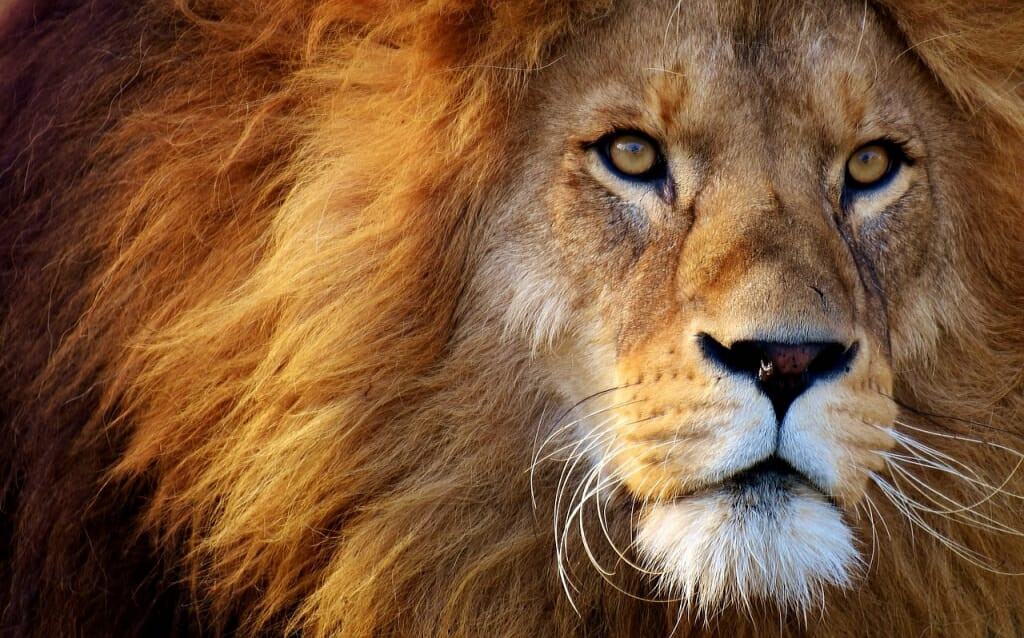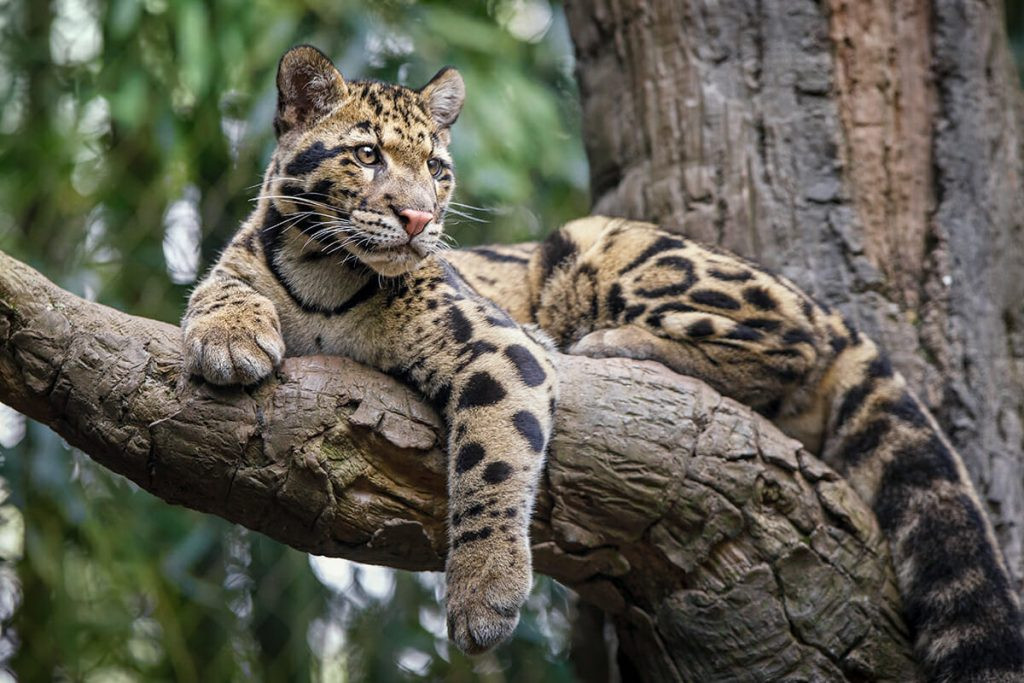From the iconic roar of a lion to the elusive grace of a snow leopard, large cat species captivate our imaginations and play crucial roles in ecosystems worldwide. These apex predators, belonging to the subfamily Pantherinae within the Felidae family, are more than just magnificent creatures; they are vital indicators of environmental health and biodiversity. This exploration delves into the fascinating realm of large cat species, examining their unique characteristics, conservation statuses, and the best places to witness them in their natural habitats.
The term “big cats” often conjures images of lions and tigers, but the scientific classification is more nuanced. Generally, the large cats encompass the seven species within the Pantherinae subfamily: lions, tigers, jaguars, leopards, snow leopards, clouded leopards, and Sunda clouded leopards. These species share certain characteristics, including the ability to roar (except for snow leopards), larger body sizes, and a significant impact on their respective ecosystems. Understanding the diversity within large cat species is crucial for effective conservation efforts and appreciating the intricate web of life on our planet.
Unveiling the Seven Big Cat Species
Each of the seven large cat species possesses unique adaptations and occupies distinct ecological niches across the globe. Let’s explore each of these magnificent animals in detail:
Tiger (Panthera tigris)
 Wild cats lower classification – Jaguar resting on the bank of Cuiaba river in Porto Jofre, Brazil
Wild cats lower classification – Jaguar resting on the bank of Cuiaba river in Porto Jofre, Brazil
Alt text: Majestic jaguar lounging on the riverbank in the Pantanal region of Brazil, showcasing its powerful build and spotted coat.
IUCN Status: Endangered
The tiger, the largest of all cat species, reigns supreme in the forests and grasslands of Asia. Subspecies like the Siberian tiger (Panthera tigris altaica), also known as the Amur tiger, can reach impressive weights of up to 320 kg (700 lbs). Sadly, this king of the jungle faces a precarious future. Once roaming across Turkey and Indonesian islands like Bali and Java, tigers have suffered drastic range reduction due to habitat loss, poaching, and human-wildlife conflict. The Bali, Javan, and Caspian tiger subspecies are now extinct, and the South China tiger is critically endangered, possibly extinct in the wild.
However, conservation success stories offer hope. Intensive efforts in the Russian Far East have pulled the Siberian tiger back from the brink of extinction after populations dwindled to as low as 40 individuals in the 1940s. Today, the Bengal tiger (Panthera tigris tigris) subspecies, found primarily in India, constitutes the majority of the wild tiger population.
India stands out as the prime destination for tiger safaris. National parks like Kanha and Bandhavgarh in Madhya Pradesh offer excellent opportunities for tiger sightings. In Kanha National Park, dedicated wildlife enthusiasts have been rewarded with multiple tiger encounters, including single animals, mating pairs, and even mothers with cubs, highlighting the park’s thriving tiger population.
Lion (Panthera leo)
 African lion
African lion
Alt text: Powerful African lion with a magnificent mane, gazing across the savanna, symbolizing its vulnerable status and iconic presence in African wildlife.
IUCN Status: Vulnerable
The lion, the second-largest cat, once dominated vast territories across Africa, Europe, and Asia. Today, lion populations are fragmented, primarily confined to Sub-Saharan Africa, with a critically endangered population persisting in India – the Asiatic lion (Panthera leo persica). The Barbary lion, once a majestic presence in North Africa, is now extinct in the wild.
Recent genetic studies have refined lion subspecies classifications. Asiatic lions are now considered part of the same subspecies as the Northern lion, which also includes the critically endangered West African and Central African lions. Southern African and East African lions constitute a separate subspecies.
For those seeking the classic African safari experience, Southern and East African lions are frequently sighted in renowned parks like Kruger National Park in South Africa and Serengeti National Park in Tanzania. Kruger is also famed for its rare white lions of Timbavati. For a chance to see the Asiatic lion, Gir National Park in India is the sole remaining habitat. Kgalagadi Transfrontier Park (South Africa/Botswana) and Etosha National Park (Namibia) are also exceptional places to observe lions in their natural environment.
Leopard (Panthera pardus)
IUCN Status: Vulnerable
The leopard is a testament to adaptability, boasting the widest distribution of all large cats. From sub-Saharan Africa through Central Asia, across the Indian subcontinent, and into Southeast Asia, leopards thrive in diverse habitats. Despite their wide range, leopard populations have suffered a significant decline, losing an estimated 75% of their historic range.
Africa and Sri Lanka are considered leopard strongholds. In Africa, prime leopard viewing destinations include Maasai Mara National Park (Kenya), Kruger National Park (South Africa), and Serengeti National Park (Tanzania). For a Sri Lankan leopard safari, consider Wilpattu National Park as an alternative to the often-crowded Yala National Park to ensure a more sustainable and less disruptive wildlife experience.
For adventurous wildlife enthusiasts, the Russian Far East offers a chance to spot the critically endangered Amur leopard (Panthera pardus orientalis), the world’s rarest large cat subspecies. While still critically endangered, Amur leopard numbers have shown a slow but positive increase thanks to dedicated conservation efforts.
Jaguar (Panthera onca)
 Wild cats lower classification – Jaguar resting on the bank of Cuiaba river in Porto Jofre, Brazil
Wild cats lower classification – Jaguar resting on the bank of Cuiaba river in Porto Jofre, Brazil
Alt text: Jaguar, the water-loving big cat, relaxing on a riverbank in Porto Jofre, Brazil, highlighting its strength and connection to aquatic habitats.
IUCN Status: Near Threatened
The jaguar, the largest cat in the Americas, is renowned for its affinity for water. An adept swimmer, jaguars are often observed resting on tree branches overlooking rivers. They possess the strongest bite force relative to body size among large cats, capable of crushing caiman skulls, a favored prey in the Pantanal wetlands.
Jaguars are unique among large cats for having a single continuous population across their extensive 6-million sq km range, spanning 18 countries in the Americas. This continuous distribution presents unique conservation challenges, requiring habitat corridor protection to maintain genetic flow between populations, rather than focusing solely on isolated populations.
The Amazon rainforest and the Pantanal are jaguar strongholds. However, the Brazilian Pantanal, particularly around Porto Jofre on the Cuiaba River, offers superior jaguar viewing opportunities. When planning a Pantanal jaguar tour, ensure your base is in Porto Jofre for the best chances of sightings. The Jaguar 2030 initiative by the United Nations Development Programme is a significant effort to protect jaguars across their entire range.
Snow Leopard (Panthera uncia)
IUCN Status: Vulnerable
The snow leopard, often called the “Ghost of the Mountains,” is the most elusive of the large cats. Inhabiting the harsh, high-altitude mountain ranges of Central Asia, snow leopards are masters of camouflage and roam vast territories. Their cryptic nature and remote habitat make them incredibly difficult to spot.
Despite their elusive reputation, snow leopards are occasionally sighted in Hemis National Park in India. However, a snow leopard trek is an arduous undertaking, involving camping in sub-zero temperatures and hours of scanning rugged mountain terrain. Their grey fur with black rosettes provides exceptional camouflage against the rocky landscape, making sightings truly rewarding. While downgraded from Endangered to Vulnerable by the IUCN in 2017, this decision remains debated by conservationists who cite a lack of robust scientific data to support it.
Clouded Leopard (Neofelis nebulosa)
 Bhutan wildlife – clouded leopard
Bhutan wildlife – clouded leopard
Alt text: Clouded leopard, showcasing its arboreal agility and distinctive cloud-like coat pattern, representing its vulnerable status among big cat species.
IUCN Status: Vulnerable
The clouded leopard, the smallest of the big cats, is an extraordinary acrobat of the forest canopy. With highly flexible ankle joints, clouded leopards can descend trees headfirst, hang upside down from branches, and perform remarkable climbing feats. They are also unique among big cats for being able to purr and possess the longest canine teeth relative to their body size, earning them the nickname “modern-day sabre-tooth.”
Clouded leopards are threatened throughout their range, which spans from the Himalayan foothills to Southeast Asia. Their secretive nature and dense forest habitat make them challenging to study and observe. While population estimates suggest fewer than 10,000 mature individuals, their true numbers may be lower due to their elusive habits. Occasional sightings occur during wildlife safaris in India, but they remain a rare and prized encounter.
Sunda Clouded Leopard (Neofelis diardi)
Sunda Clouded Leopard. Image @ Mike Gordon – Adventure Alternative Borneo / Wildlife of Asia
Alt text: Sunda clouded leopard, a distinct species found in Borneo and Sumatra, highlighting its darker coat and the importance of genetic research in feline classification.
IUCN Status: Vulnerable
Until recently, the clouded leopard was considered a single species. However, genetic analysis revealed that clouded leopards on the islands of Borneo and Sumatra are a distinct species, the Sunda clouded leopard. These island cats diverged from their mainland relatives approximately 1.5 million years ago and are slightly smaller and darker in coloration.
Like their mainland counterparts, Sunda clouded leopards are incredibly elusive. However, Deramakot Forest Reserve in Sabah, Borneo, has emerged as a promising location for sightings. While sightings are never guaranteed, Deramakot offers the best opportunity to glimpse this enigmatic island large cat species.
Conservation Challenges for Large Cat Species
Large cat species face a multitude of threats, primarily driven by human activities. Habitat loss and fragmentation due to deforestation, agriculture, and urbanization are major drivers of decline. Poaching for their skins, bones, and other body parts, as well as human-wildlife conflict arising from livestock predation, further exacerbate their vulnerability. The decline in prey populations due to overhunting and habitat degradation also impacts large cat survival.
As a result, many large cat species are facing alarming population declines and are classified as threatened by the IUCN Red List. Effective conservation strategies are crucial to ensure the survival of these magnificent animals. These strategies include habitat protection and restoration, anti-poaching measures, mitigating human-wildlife conflict, and community engagement in conservation efforts.
Witnessing Large Cats in the Wild
For wildlife enthusiasts, encountering large cats in their natural habitat is an unforgettable experience. Responsible wildlife tourism can contribute to conservation efforts by generating revenue for local communities and raising awareness about the importance of protecting these species.
Several destinations worldwide offer opportunities to see large cats in the wild. India is renowned for tiger and Asiatic lion safaris. African safaris provide chances to see lions, leopards, and cheetahs. Brazil’s Pantanal is the prime location for jaguar viewing, while the remote mountains of Central Asia offer the adventurous a chance to spot snow leopards. Borneo’s rainforests hold the elusive Sunda clouded leopard.
When embarking on a large cat safari, it is crucial to choose reputable tour operators that prioritize wildlife welfare and sustainable tourism practices. Respecting wildlife and their habitat is paramount to ensuring these magnificent creatures continue to thrive in the wild for generations to come.
Conclusion: Guardians of the Ecosystem
Large cat species are more than just charismatic animals; they are keystone species that play vital roles in maintaining the balance of ecosystems. As apex predators, they regulate prey populations, influence vegetation structure, and contribute to overall biodiversity. Their decline has cascading effects throughout the ecosystem.
Protecting large cat species is not just about saving individual animals; it is about safeguarding entire ecosystems and the invaluable services they provide. By understanding the challenges these magnificent creatures face and supporting conservation efforts, we can contribute to ensuring a future where large cats continue to roam wild and inspire awe for generations to come.
Have you had the privilege of witnessing any large cat species in their natural habitat? Share your experiences in the comments below and join the conversation about large cat conservation.


